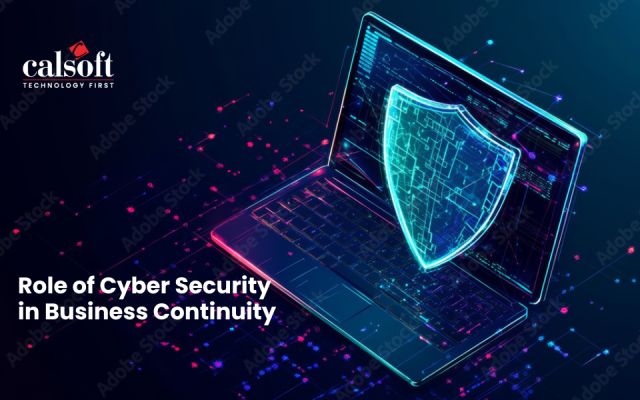For decades, organizations had considered the antivirus to be the best (and probably the only) solution for securing endpoints. Although antivirus solutions indeed help detect and remove malware, they fall short when it comes to tackling new-age security loopholes. Moreover, legacy solutions can also create several integration issues with modern operating systems and can create new security vulnerabilities. Given the sophistication with which today’s hackers can bypass antivirus solutions to produce countless unique and unknown attacks, it takes more than just an antivirus solution to keep organizations safe.
What to look for in endpoint security solutions
Endpoint security solutions allow cybersecurity professionals to gauge every possible access route that a hacker might deploy to launch an attack and lockdown any device or network that is susceptible to hacking. From websites to mobile devices, software solutions to networked devices—protecting endpoints from cyber threats is a critical business imperative.
Endpoint security solutions that can proactively detect and prevent the likelihood of an attack are mandatory for enterprises today. While looking for an endpoint security solution, it is important to pick one that is capable of assessing vulnerabilities and taking steps to plug or block vulnerabilities—known and unknown.
Here are some key considerations while looking for an endpoint security solution:
Does the solution meet your needs (and fit your budget)?
You need to implement a solution with the desired level of threat intelligence to recognize modern threats and stop or eliminate them. For this, zeroing in on the type and scale of breaches that can damage your business is crucial. This will help you determine the capabilities you need. Understand how endpoints connect to your network, from where, and how often. Based on your individual use case expectations, assess if the solution offers the required capabilities. More importantly, analyze your cybersecurity budget to ensure the solution you’re eyeing doesn’t burn a hole in your pocket.
Does the solution proactively identify and block threats? Can it turn threat intelligence into action?
Antivirus solutions have long been detecting security loopholes and providing a mechanism to bridge them. But the approach has been rather reactive. In today’s world, what organizations need is a shift—from detecting and responding to security incidents after they have already occurred, to preventing them from occurring in the first place.
The solution you choose must have built-in threat analysis capabilities to proactively detect looming threats. It should be able to turn threat intelligence into action, so security professionals can take the right steps to resolve them before they occur. It should have the capability to assess all incoming traffic, identify and block potential risks, and protect endpoints from known, unknown, and evasive threats—irrespective of whether the endpoint is online, offline, on-premises, or in the cloud.
Does it have the capability to protect all endpoints?
Modern organizational ecosystems encompass several thousands of endpoints that are essential to an organization’s ability to function effectively—from desktops and laptops to smartphones, tablets, servers, workstations, and more importantly, IoT devices. Even a tiny security flaw can open up a large attack surface for threat actors to exploit.
Depending on the devices you use in your organization, make sure to choose a solution that can provide full protection against the loopholes in all your endpoints—including BYOD, third-party, and proprietary devices. The solution should be able to deliver a centralized approach, so all workstations, servers, and devices that are connected to the enterprise network are constantly monitored.
Is the solution flexible and scalable?
The bigger the organization, the higher the number of endpoints. This makes capacity an important factor to consider. As more and more endpoints get introduced into enterprise networks, organizations have a tough time managing and securing all of them against threats. Also, if threat restrictions are too rigid or if expert professionals are needed to manage the solution, it can affect the user experience while adding additional operational burden on the in-house cybersecurity team.
In a world where security threats are dominating the headlines, any endpoint security solution you choose today should be flexible and scalable. It should support not only the existing endpoints across geographically dispersed environments, but also protect new devices as they get introduced into the environment. The solution should provide the required level of protection while still supporting business needs and not being excessively restrictive.
Does it meet industry standards?
Regulatory requirements and compliance mandates have a big role to play in an organization’s choice of an endpoint security solution. While military and government organizations are bound to have extremely stringent security requirements, sectors such as healthcare and finance are required to adhere to certain industry-specific standards. Ensuring regulatory compliance for securing endpoints is different for different industries, and therefore, organizations must pay attention to the certifications of the endpoint security solution they choose—depending on the industry they operate in.
Although most endpoint security solutions will help you meet basic governmental regulatory requirements, to comply with the specific requirements of your industry, you might need to choose a targeted type of endpoint security solution. Just make sure to choose a solution that matches your use case, lives up to your compliance mandate, and helps your organization achieve or maintain the required level of compliance.






